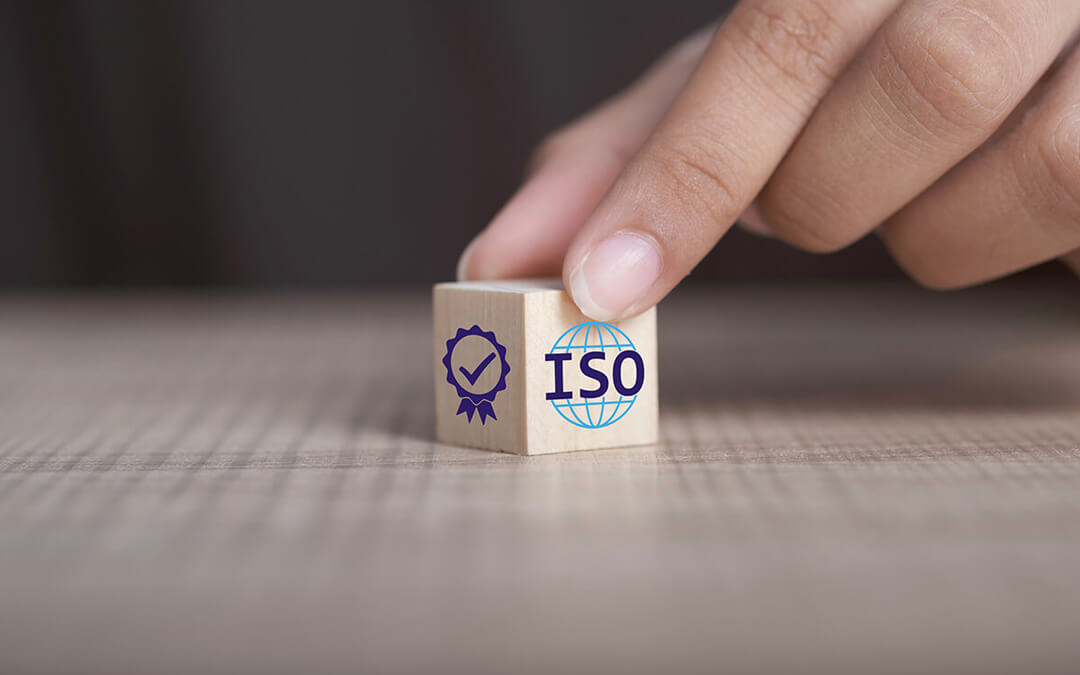The exchange of payment instructions is a critical component of the financial world – between local, regional, or international banks and financial institutions. Albeit the agile technology advancements, there has been a lack of a universal standard between these institutions, resulting in inefficient interoperability and increased costs for the parties involved.
With the global real-time payments market expected to grow at a CAGR of almost 35% between 2020 to 2030, there is a need for more standardized rules and systems to exchange payment instructions. Some of the challenges with the existing financial messaging format are:
1) Disparate messaging formats- Every country, bank, and financial institution has been adhering to its respective message format for financial transactions. Such multiple formats have further hampered the payment process for cross-border payments.
2) Tardy reconciliation process- The limited space in MT formats can constrain remittance information, leading to truncated/lost data, cascading into delays in processing payments and sometimes rejected transactions.
3) Inefficient cash flow management- The lack of transparency in messaging formats can lead to uncertainties with the payments, leaving the parties involved in limbo. It impacts their cash flow management by not knowing if a payment transaction is stuck, delayed, or rejected.
4) False fraud alerts- With the multitude of messaging formats, several cross-border payments are often flagged as fraudulent due to a lack of complete data or a mismatch of compliance requirements. It then requires significant manual human intervention to clear these payments.
Introduced in 2004 initially, the ISO 20022 has been modified for this reason. It will provide a standardized global language for financial messaging covering trade, cards, payments, securities, and FX. Banks and financial institutions would benefit from migrating from the existing SWIFT MT to the newer ISO 20022 or MX. This change can support the overhaul that the payment industry is undergoing, bringing about much-needed transparency and efficiency in the industry. Institutions can leverage this to provide better services while enhancing the customer experience.
Some of the significant benefits include the following:
1) ISO 20022 provides structured data in a global language and model that is common to payment modes and can thus facilitate seamless cross-border transactions with instant processing.
2) It allows for much more information about the reason for the payment (remittance data), which is more holistic, covering details of the purpose, source, and beneficiary, potentially allowing for automated reconciliation between invoices and payments.
3) More data exchange means greater visibility and real-time status of the payment, thus providing a better experience to the parties involved.
4) Using technology such as AI/ML/NLP, banks and financial institutions can leverage the ISO 20022 messaging to analyze better and better manage cash flows, detect frauds, and enhance reporting, among others.
Although there are many benefits, the complexities and inter-dependencies that entail transitioning to ISO 20022 standard can be daunting. It could involve overhauling the existing legacy systems, infrastructures, and architectures. It could also require redefining data models and altering middleware too while ensuring compliance. An institution may factor in the time and monetary aspects and make the transition to the ISO 20022 financial messaging standard using either a big bang migration or a translation approach.
Given its efficiency and tactical advantages, the translation approach is more widely adopted by banks. The translation approach is a swifter method to comply with the ISO 20022 financial messaging standard, which will help banks and financial institutions accelerate their next growth phase. This translation solution typically involves a ‘smart translator’ with pre-built libraries to convert legacy FIN messages to ISO messages and vice versa. While the translation solution will help banks achieve compliance quickly, it gives them time to understand and appreciate the rich ISO messaging format, strategically plan to enhance their payment systems, and utilize the benefits of ISO 20022 messages. This approach does come with its own potential set of challenges. Banks and financial institutions must ensure they partner with the best banking technology specialists, who have proven solutions and deep payment expertise, and are adept in enabling the success of payment systems despite both types of messages coexisting in the system.
While the translation approach is a quick fix that can provide immediate compliance, it would also benefit banks and financial institutions to plan a big migration approach to truly leverage and realize the multiple benefits of ISO 20022 financial messaging. Such migration will require more resources and long-term strategic planning, with world-class banking technology expertise to seamlessly convert this ISO 20022 migration into a more competitive and contextual transformation.
Being already in use across 70 countries, ISO 20022 will soon be the de facto standard for high-value payments of all reserve currencies. By 2025, ISO 20022 will become a default standard for high-value payment systems for 80 percent of transaction volumes and 87 percent of transaction value globally. Agility and being future-ready are crucial for an industry in constant flux – achievable by working with bank tech specialists who can seamlessly lead through technology transformations significant to the banking and financial ecosystem.
About the Author
 Anand Nagarajan is an Enterprise Solution Architect providing Software Design & Integration Architecture for Banking platforms. He specializes in Digital transformation, Temenos core banking and payments implementation. He has overall 18 years of IT experience.
Anand Nagarajan is an Enterprise Solution Architect providing Software Design & Integration Architecture for Banking platforms. He specializes in Digital transformation, Temenos core banking and payments implementation. He has overall 18 years of IT experience.
Originally Published in Express Computers











